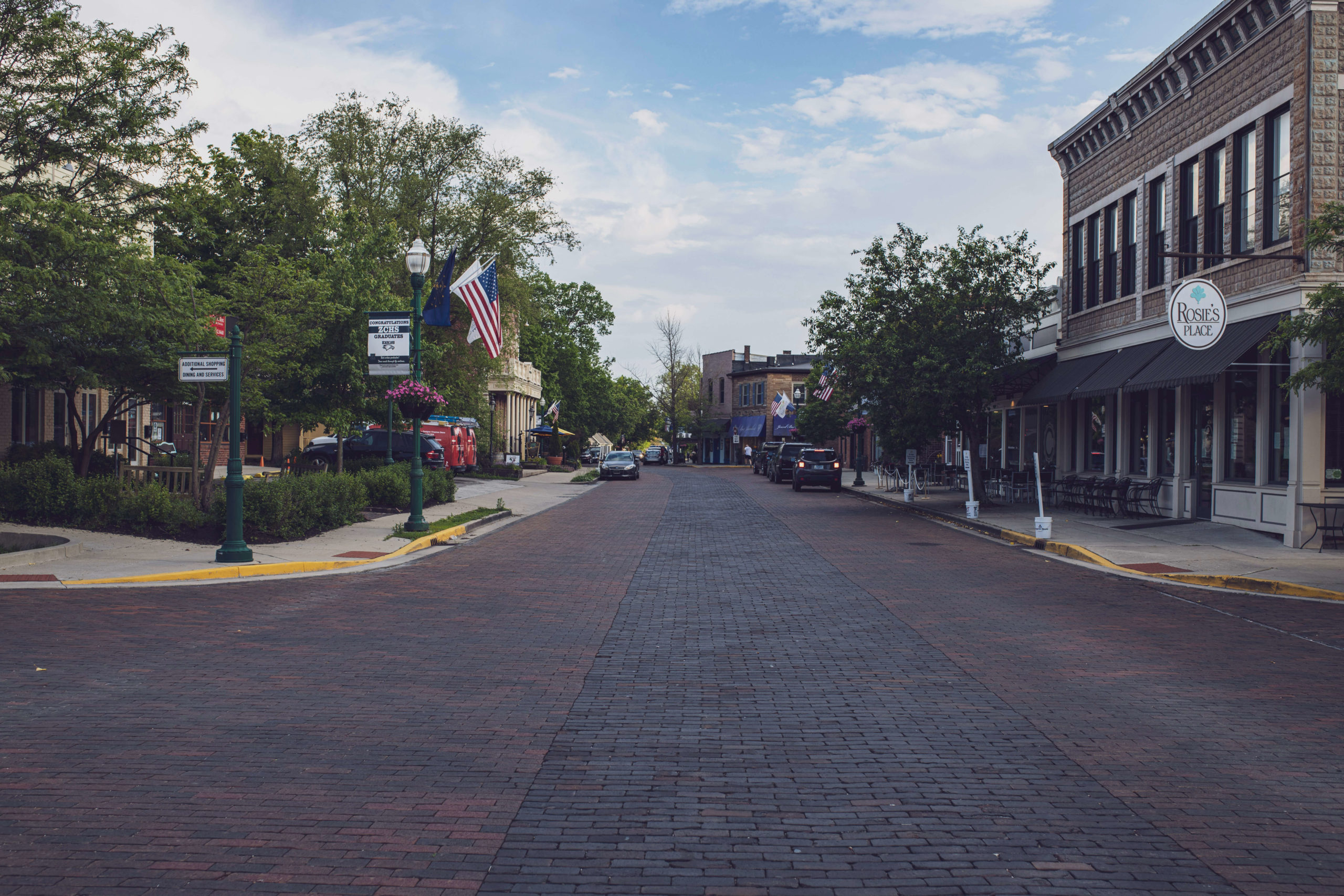Letter from VRA President
Letter from Town Council
Boone County’s Endangered Locations
Landscape Advice
Letter from VRA President:
The first week of April means spring break in Zionsville. If you’re still in town, take advantage of quieter parks and restaurants. It harkens back to a time when Zionsville’s population was halved.
If you’re in town, consider visiting my top five endangered locations in Boone County. These are all critical places to see. The odds are slipping away that these places will still be around in the next decade. Each location is mentioned in a book I wrote, Hidden History of Boone County. My goal in writing the book was the learn about and share county history. I had no idea that I would discover so many of these spots – all on the National Register of Historic Places – are in danger. It’s shocking how quickly we lose our history, usually without even realizing it.
That’s also why it’s critical to be educated about the upcoming discussion regarding the Historic Preservation Commission. I want to be very clear – this is only to create a commission. That commission would then consider a conservation or historic district for any area of Zionsville, whether it’s two dozen homes or a single home. The establishment of a commission in no way means that there will be any district in the Village or any other area of our community. The establishment of a commission however is critical to help preserve our history. Without such a commission, the chances that we’ll lose our past significantly increases.
Also in this month’s newsletter, Carole Boleman provides some suggestions for landscaping and preparing gardens for spring. These tips and tricks are easy for anyone to try.
Don’t forget our VRA meeting April 19 at Co-Hatch at 7:30 p.m. If you haven’t paid your dues, please do so via PayPal or bring them to the meeting. Only members will be invited to our porch party in May.
Heather Lusk
Letter from Town Council:
The Council in March started the process of identifying and spending the money received from the Federal Government as a part of the American Rescue Plan Act (ARPA). This money was a part of the $1.9 trillion bill that came in response to the COVID-19 epidemic. $6.1 million trickled down to our community, which is a big number considering our annual budget is roughly $30 million.
The first spending was to provide a one-time payment to all first responders who worked during those difficult months when many of us were able to work from home. Each member of the police and fire departments that worked in response to emergency runs will receive up to a $5,000 bonus for their efforts depending on the number of hours they worked. The total cost of this bonus is just under $700,000. Many other communities have offered up similar bonuses and we felt it was something that we should do for our dedicated first responders as well. Many of them had to deal with a large amount of stress, mandatory overtime, isolation from their family, and other hardships and this was money that was well earned.
Council President Plunkett shared the following after our meeting:
“This is the first step in utilizing the ARPA funds, for the Town of Zionsville. During the early onset of the global pandemic, the first responders endured unparalleled challenges, and as a Council, we felt it was important to do everything we could to thank them and show our support. It’s also important to note that this is only the first step. The Council has always believed that all town employees are essential to the operations and functions of our town. As we have stated on numerous occasions, we certainly hope to extend this stipend to other employees who are eligible. Beyond this first step, we have a tremendous opportunity to work together on the remaining funds to serve our community, and we look forward to that open, and transparent dialogue.”
The next step is what to do with that remaining money. The Federal Government has certain rules as to how the money can be spent, but because it can qualify for “lost revenue” to local communities, it provides some flexibility in how it can be spent.
The priority for the Council is to understand what our current financial picture looks like and what gaps may have been created by the pandemic. I won’t continue to highlight the lack of financial information that we have received and continue to miss, however once that information can be consistently provided it will provide that gap report.
Once analyze, we’ll also look for feedback from the community on how to spend these dollars. I personally am interested in projects that can pay long-term dividends to our community in terms of projects and investments that may create future tax revenue. I also want to be very careful about spending money that may have long-term recurring cost implications. While I’m very appreciative we have these dollars to spend, I am not anticipating future dollars, so we need to maximize our ROI.
Lastly, as Spring is upon us please keep an eye out for those kids that will be out and playing and drive carefully.
Josh Garrett
Boone County’s Endangered Locations
On paper it seems that Boone County is full of historic sites; there are fifteen with the designation. Yet the county is behind the rest of the state (and even the U.S.) when it comes to historic designations. Only 44 of the state’s 92 counties have fewer. Lebanon leads the pack by including two entire districts filled with historic properties plus a cemetery with the distinguishing designation, and within Zionsville lies a section of the state’s only rural historic district adjacent to a metropolitan area. Five of the county’s sites are in danger of disappearing, so visit or support these while you can before they’re lost forever.
Scotland Bridge – The future is bleak for the state’s last masonry bridge. Scotland Bridge was built in 1901 to connect Boone and Clinton Counties across Sugar Creek. The limestone bridge originally had four arches spanning 27 feet each. It didn’t take long before Sugar Creek’s swift current damaged the arches, compromising thee of them. They were replaced with two arches which have stood for more than a century. The toll of modern farm equipment and vehicles has been too much for the bridge, built to withstand horses and wagons. Although the bridge is no longer structurally sound, a very recent movement has grown to help save Scotland Bridge.
The chapel at Oak Hill Cemetery – There are two entrances to Lebanon’s Oak Hill Cemetery. A smaller one leads to historic graves and the signature oak trees while the larger one, distinguishable by a limestone arch, is the easiest route to Powell Chapel. The small church on the left of the entrance road was designed by Lebanon resident R.J. Pfeiffer in 1930. The Gothic-style church includes a bell tower with buttresses at each corner. The structure is made of pink granite, limestone and amber glass, but due to structure damage the chapel is unusable. Many efforts were made to save the church but all have failed. It is slated for demolition. Unfortunately the building is no longer stable to enter, but the exterior can easily be viewed.
Simpson Breedlove House – The Simpson Breedlove House on Michigan Road in Zionsville was almost destroyed once. In 1994 it was slated to be demolished until the bulldozer operator intervened. He brought the fate of the home to the attention of Indiana Landmarks and a few years later Gary Essary and Jerry Hamm invested blood, sweat and tears restoring it. Now the property is owned by housing development Holliday Farms. Last fall a spokesman for the development told me that the home would be incorporated into a small shopping area as part of Holliday Farms, but the recent change of plans to meld it into a new apartment complex will likely damage the historic home’s future.
Strange Cragun House – The pandemic didn’t do any favors to this historic home. The Boone County Historical Society owns and operates the home, but its funding is heavily reliant on events and meetings being held there. Operating expenses remained the same over the past two years while income dropped to practically nothing. The house is in excellent condition with an active board and a community vested in the home’s future. There is a high likelihood that the home will survive if visitors, renters and donations return soon.
Pryor Brock Farmstead – Drive past this Zionsville farmstead by heading West on Mulberry Street past Maplelawn. As Mulberry turns into Whitestown Road, look for the farmstead on the right past the new roundabout at S875E. The property is privately owned and is currently maintained, but with the high volume of housing developments swallowing every piece of farmland in the vicinity, it’s unlikely this farmstead will survive past the current owners. With the Simpson-Breedlove House as an example, perhaps National Register protection can only go so far.
These locations are included in Hidden History of Boone County, available at SullivanMunce Cultural Center, Akard True Value Hardware and Back on the Bricks.
Landscape Advice
Village resident Carole (aka Rinkey) Boleman was a registered landscape architect for 40 years before retiring. Creating and maintaining a landscape is second nature to her, but it’s not necessary to be a pro to build your own simple landscaping plan. She shares these tips for starting a design:
- Track sunlight. It may seem obvious, but plants need sunlight. Check the area you’d like to landscape every few hours. It might help to take a photo of the location to track whether shade covers the area at certain times of day.
- Soil prep. Boleman says that if this isn’t completed, the chances of having healthy and robust plants is greatly reduced. The Village usually has less clay soil than other neighborhoods, but adding compost and organic matter is still important.
- Research plants. Whatever plants or trees are chosen, read about their projected width and height and space accordingly. If you have a space to fill, choose a plant that has a mature size to fit that opening. Appealing designs use masses of the same thing. When choosing plants, remember texture as well as color. We live in zone 5b – buy plants that will survive in this zone and can tolerate the amount of sunlight in the selected area.
- Fertilizer. Use a root stimulator when planting and fertilize for the lifetime of the plant.
- Watering. Water plants and trees constantly the first year. A moisture meter or rain gauge are inexpensive tools to ensure they’re well-watered. Once plants are established, they need roughly an inch per week.
- Pruning and trimming. Learn which plants need pruning and which season is best to do it. Avoid haircuts (cutting straight across) or ball shapes unless the plant, like a boxwood, benefits from that. Even with straight lines, trim at a slight angle so bottom leaves aren’t left in full shade.
For additional research, contact the Purdue Cooperative Extension. They also track rainfall on their website and can provide assistance with specific plants. If the project seems overwhelming, contact a landscape. Nurseries often have landscape architects and designers available for customers at a reasonable price.


We just purchased Heather Lusk’s new book “Hidden History of Boone County” and I’m excited to not only read it, but to have it autographed as well! Heather is truly a gem in our community and a great steward for all things historic! Thanks for everything you do Heather! See at the next ZVRA coming up! Michael & Tracy